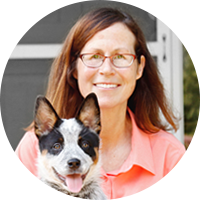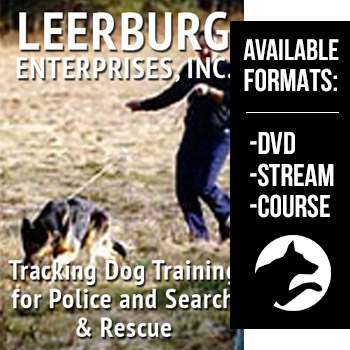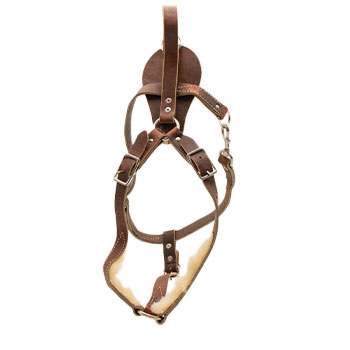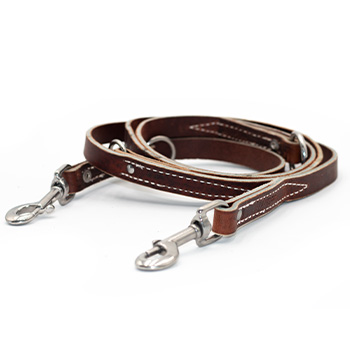May 19, 2011
When I re-train my dog in TTD how far back in training do I go?
Full Question:
I have just finished viewing your video tape police tracking level 1. It definitely left me enlightened. Now I will try to apply it. I am a fairly new handler April 94 and have much to learn about k-9 tracking. My dog is Keri a 2and half year old Czech Shepherd who came to me green from Global k-9 in NY He is in my humble opinion an excellent drug and protection dog but lacks in the tracking department and to not fault of his I might add. I see that in your tape. I don't know if you answer questions on the E-mail but I?ll ask. How far back do I go in his tracking now that he has been on the road for some time. How do I evaluate where we are in your tape.Signed k-9kid looking for answers

 Ed's Answer:
Ed's Answer:
The answer to this question is going to take a little experimenting. My feeling is that you need to go out and run some 15 minute old 1000 yard unknown tracks. If the dog can run these, or if you are adept enough to read him as he tracks and you find the track layer on "ALL" of the tracks then you are good to go at lengthening the distance first and then the time. You are going to have to build the dog (and your) endurance). The only way that is possible is to run tracks.
If you have a problem on these short unknown tracks, then you need to go back and start to dog known tracks. When satisfied with the known track, then have 2 people lay an unknown track, then have one of them stay at the end and the second one runs the track with you to help you when you screw up.
The biggest thing with this system is to learn to read your dog. This is not learned on known tracks it is almost exclusively learned on unknown tracks. That’s where the confidence comes from.
I tell the guys I train with that if they can't consistently find me when I drive out in the country and leave my car on a county road and run a mile, then they have no business accepting call outs on tracking.
You will find that the answer to your question is mostly common sense when you start to test the dog and look at the training steps that I have laid out in the video on Level One Country Tracking.
You also must be prepared for the fact that your dog may not be able to do this. If he has been forced tracked in Europe this can be a problem. Also if you have done too much area search and building search work with the dog he has learned to locate people with his head held high. It is very difficult to get these dogs to learn to put their noses back down on the ground after they learn to area search, but if they learn to track first then That’s what they always resort back to.
Good luck, it is a lot of fun.
If you have a problem on these short unknown tracks, then you need to go back and start to dog known tracks. When satisfied with the known track, then have 2 people lay an unknown track, then have one of them stay at the end and the second one runs the track with you to help you when you screw up.
The biggest thing with this system is to learn to read your dog. This is not learned on known tracks it is almost exclusively learned on unknown tracks. That’s where the confidence comes from.
I tell the guys I train with that if they can't consistently find me when I drive out in the country and leave my car on a county road and run a mile, then they have no business accepting call outs on tracking.
You will find that the answer to your question is mostly common sense when you start to test the dog and look at the training steps that I have laid out in the video on Level One Country Tracking.
You also must be prepared for the fact that your dog may not be able to do this. If he has been forced tracked in Europe this can be a problem. Also if you have done too much area search and building search work with the dog he has learned to locate people with his head held high. It is very difficult to get these dogs to learn to put their noses back down on the ground after they learn to area search, but if they learn to track first then That’s what they always resort back to.
Good luck, it is a lot of fun.
100% (1 out of 1)
respondents found this answer helpful


Can't find what you're looking for?





